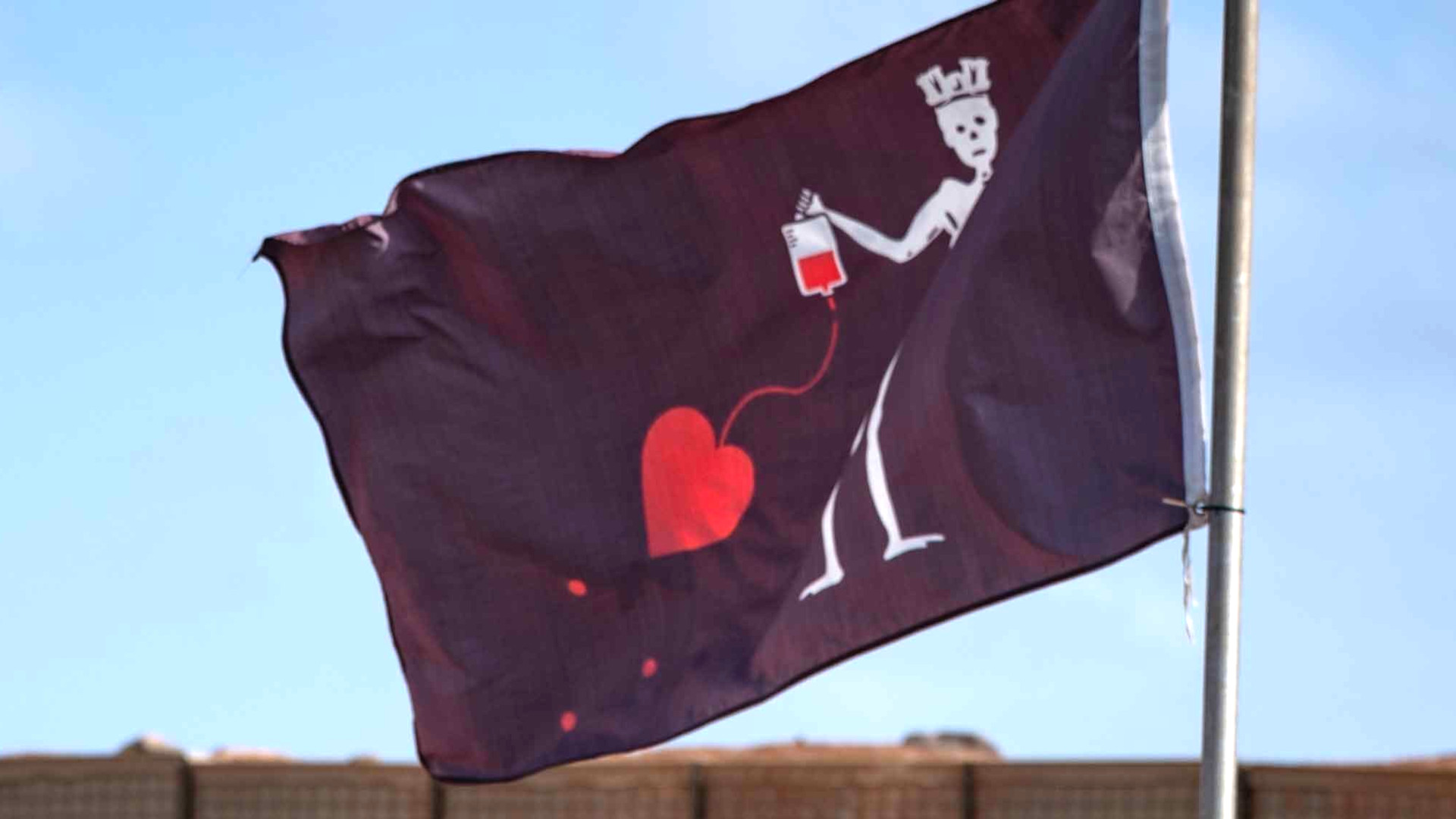A picture from a recent mass casualty exercise at Chabelley Airfield, an American outpost in the East African country of Djibouti, shows a flag with a very interesting take on a design commonly associated with Edward Teach, an infamous pirate better known as Blackbeard. In typical variations on this flag, which have become closely associated with special operations forces, particularly the U.S. Navy SEALs, a skeletal figure is seen spearing a heart. In this case, the spear is replaced by a blood bag connected to the heart, evoking a very different kind of symbolism.
Combined Joint Task Force-Horn of Africa (CJTF-HOA), the U.S. military’s main task force overseeing various operations across East Africa, released pictures, including the one with the flag, from the mass casualty exercise, which took place on April 21, earlier today. Chabelley Airfield, which American forces began operating from in 2013, is situated some six and a half miles southwest of Camp Lemonnier, also in Djibouti. CJTF-HOA is headquartered at Camp Lemonnier, which is the U.S. military’s main operational hub in the region, and that also supports activities on the southern end of the Arabian Peninsula on the other side of the Red Sea and the Gulf of Aden.
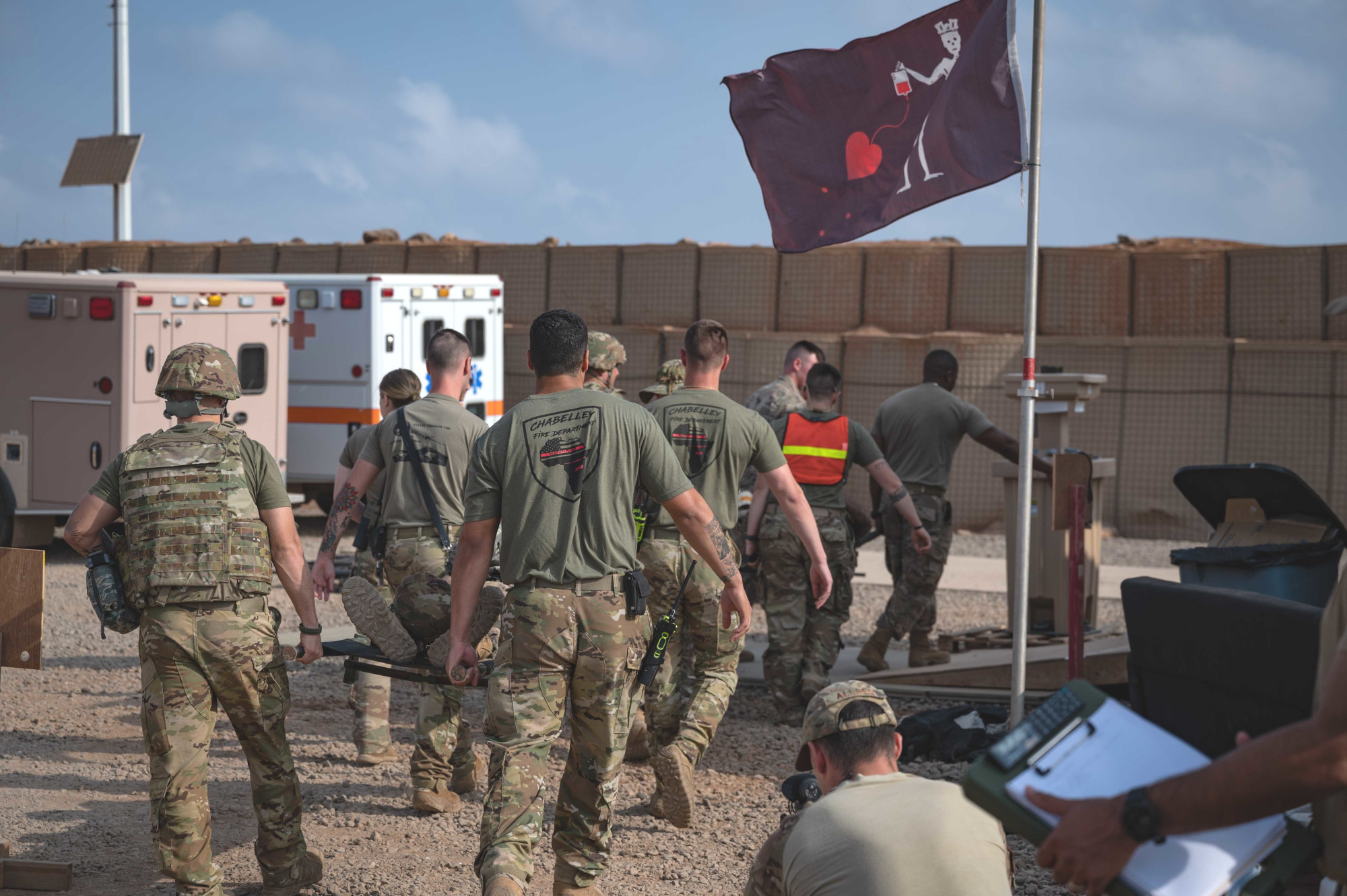
“U.S. service members supporting Combined Joint Task Force-Horn of Africa, tend to simulated casualties during a mass casualty exercise at Chabelley Airfield, Djibouti, April 21, 2022,” the caption to the flag picture reads. “The exercise focused on coordination and communication between different units and mission partners in order to provide effective medical evacuation support for joint operations in the Horn of Africa.”
The flag is in motion in the picture and is slightly obscured as a result. However, there’s absolutely no mistaking that “bloody flag” commonly associated with Blackbeard and his most famous ship, the Queen Anne’s Revenge, was what inspired it. Three years ago, that flag drew particular attention when it appeared on a patch worn by Christian Craighead, then a member of the British Army’s SAS, who participated in the response to a major terrorist attack in the Kenyan capital Nairobi carried out by members of Al Shabaab, an Al Qaeda-linked group based in Somalia.
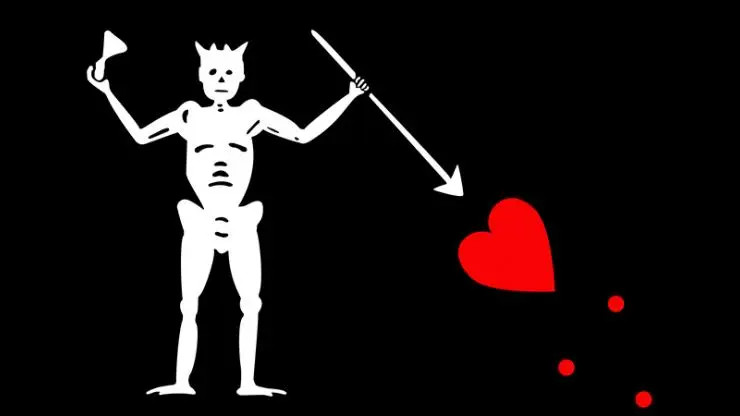
At the time of the attack, before Craighead’s identity and affiliation were known, I explained the symbolism and origins of that flag, which Teach and his crew may never have actually flown, writing:
He was not wearing any apparent national or distinctive unit insignia, but the individual did have a very specific patch on the back of his gear emblazoned with a flag motif associated with the infamous pirate Edward “Blackbeard” Teach and his most famous ship, the Queen Anne’s Revenge. The design features a horned skeleton toasting the devil and spearing a heart, with three drops of blood falling from it. This patch has become closely associated with the U.S. Navy SEALs in recent years as some of the teams seemed to have adopted it and Blackbeard’s lore to some degree.
Skulls and crossbones, skeletons, the devil, hourglasses, and the just the color black were all common on pirate flags during the 17th and 18th centuries. They were meant to evoke various themes including death, mortality, and the fleeting nature of life itself for both pirates and their victims – Blackbeard was between 35 and 40 years old when he died – according to the Queen Anne’s Revenge Project, part of the North Carolina Department of Natural and Cultural Resources.
The various symbols also reflected merciless violence and fearlessness in the face of death. Red colored symbols, symbolizing blood, had similar connotations and close handed grips on spears and other weapons were also meant to signal that pirates would give no quarter to their opponents.
All that being said, the flag’s connection to Blackbeard appears to be entirely fabricated, with the only contemporary reference to the pirate’s own banner describing the more common skull and crossbones motif and “bloody flags” with unspecified red symbols. It is very possible that Blackbeard used more than one type of flag, but the first known instance of the toasting skeleton appears in a 1912 article, which also doesn’t draw a connection to him directly.
Compared to the original, the flag seen flying at Chabelley features a skeletal figure with what appears to be a crown rather than horns. Beyond simply being based on the toasting skeleton design, this banner is also interesting given that its core symbolism would seem to run counter, at least to some degree, to the “death, mortality, and the fleeting nature of life” referenced by its source material. The blood bag, especially in the context of the mass casualty exercise, looks to be a reference to life-saving military medical work.
As for what unit or units at Chabelley this flag might be associated with, it’s unclear. As already noted, this original ‘bloody flag’ design has come to be very closely associated with the Navy SEALs, as well as other special operations forces. It is unclear whether or not any SEALs are currently deployed to the airfield, but it certainly has hosted Air Force special operations personnel over the years.
As of December 31, 2019, Air Force Special Operations Command’s (AFSOC) 12th Expeditionary Special Operations Squadron was present at Chabelley to launch and recover MQ-9 Reapers operated remotely by other AFSOC units, according to a combined annual history of the 435th Air Ground Operations Wing (AGOW) and 435th Air Expeditionary Wing (AEW) covering the 2015 to 2019 timeframe that The War Zone obtained through the Freedom of Information Act. Units at Chabelley fall under the control of the 435th AEW’s 449th Air Expeditionary Group, which is headquartered at Camp Lemonnier.
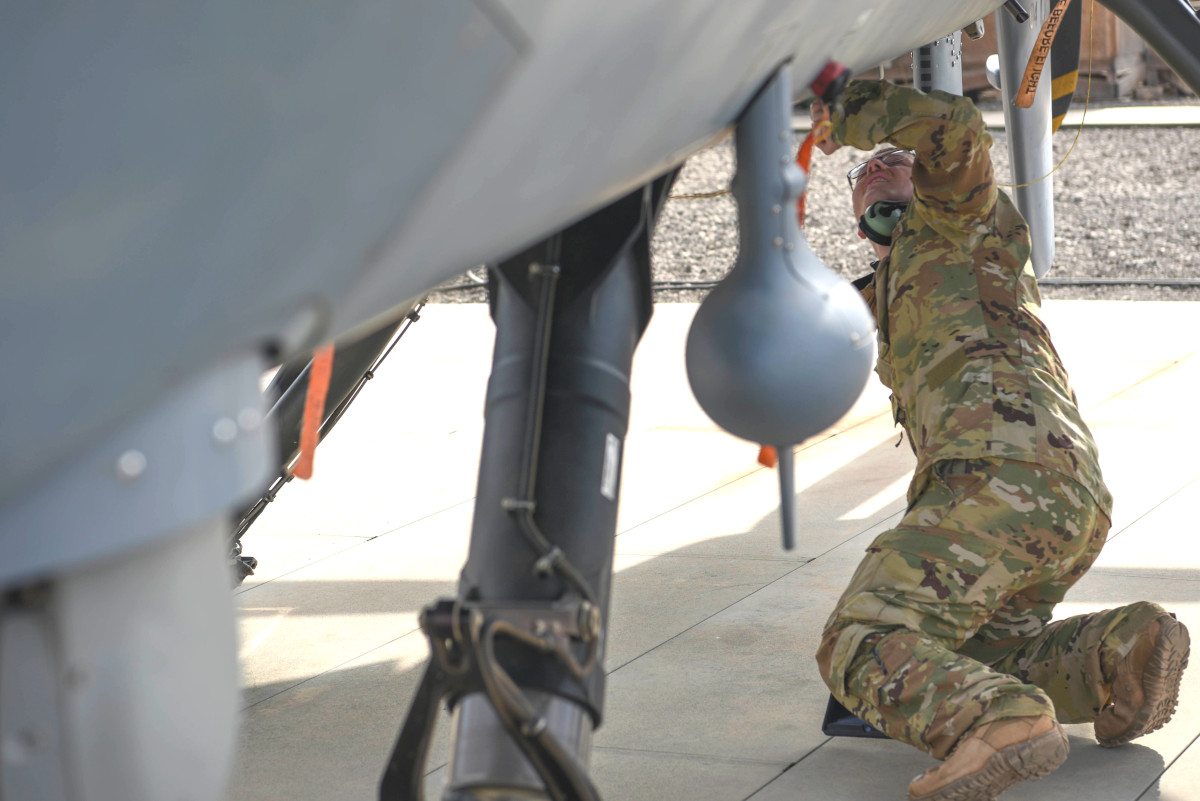
CJTF-HOA, as a whole, has long had a heavy special operations forces component, which has included SEALs, among other U.S. special operations units.
Otherwise, as of February of this year, the U.S. Air Force’s 776th Expeditionary Air Base Squadron was the main unit responsible for day-to-day operations at Chabelley, which also hosts the 870th Air Expeditionary Squadron, another conventional unit. Members of the 776th have adorned portions of the facility with what appears to be art depicting silhouettes of Spartan helmets, a popular, if sometimes controversial ‘warrior’ symbol that is commonly used officially and unofficially across the U.S. military.
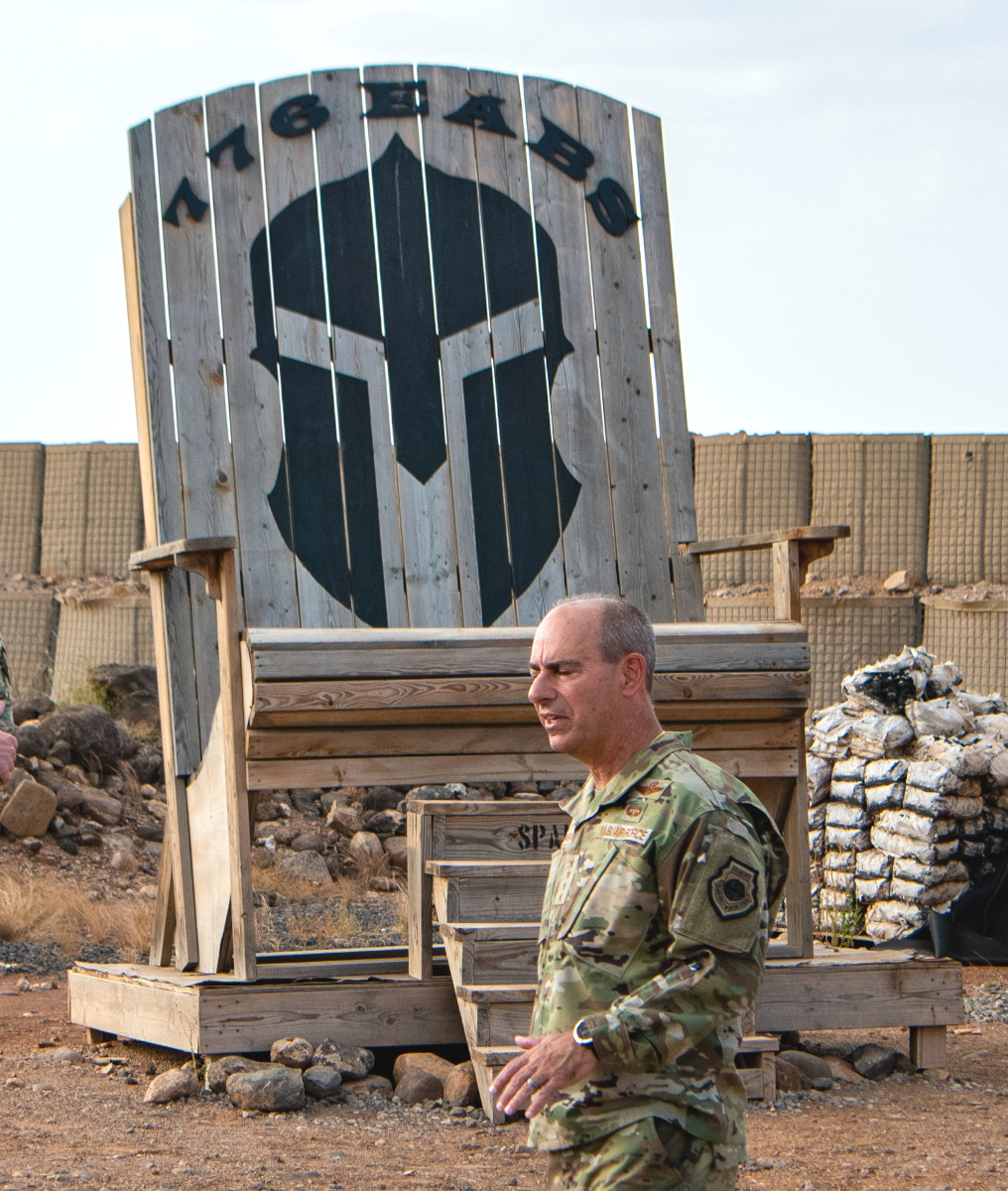
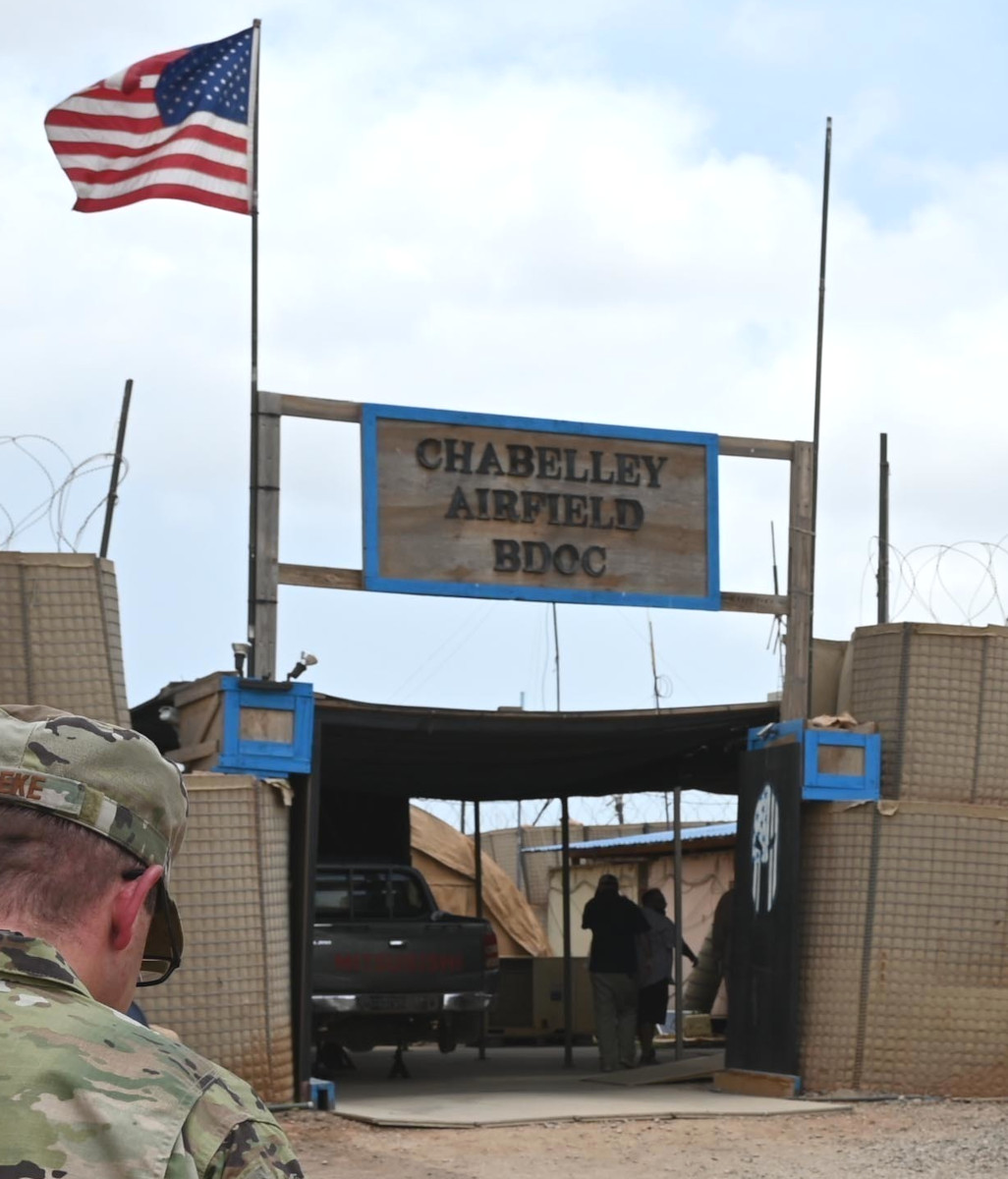
Regardless of who has been flying the flag at Chabelley, the ‘pirate medic’ motif is certainly an interesting take on this iconic design.
UPDATE 4/26/2022—
After we published this story, we were contacted by the Aptus Design Group, which makes tactical medical kits and related accessories. The design of this flag is a company logo that is aptly dubbed “Bloodbeard.” The flag, among other merchandise bearing this design, is available for purchase through their website, although at the time of writing it is sold out.
A full description of the Bloodbeard flag’s symbolism from Aptus is as follows:
In his right hand he holds an hour glass tipped on its side to signify he has stopped the patient’s time from running out. In his left hand he holds a transfusion bag with the line open running to the heart. The drops of blood indicate the blood that has been lost. On his head the horns of the original have been replaced by GPNVG’s [Ground Panoramic Night Vision Goggles] flipped to the stowed position to show the medic/Corpsman’s ability to treat in all conditions.
Contact the author: joe@thedrive.com
